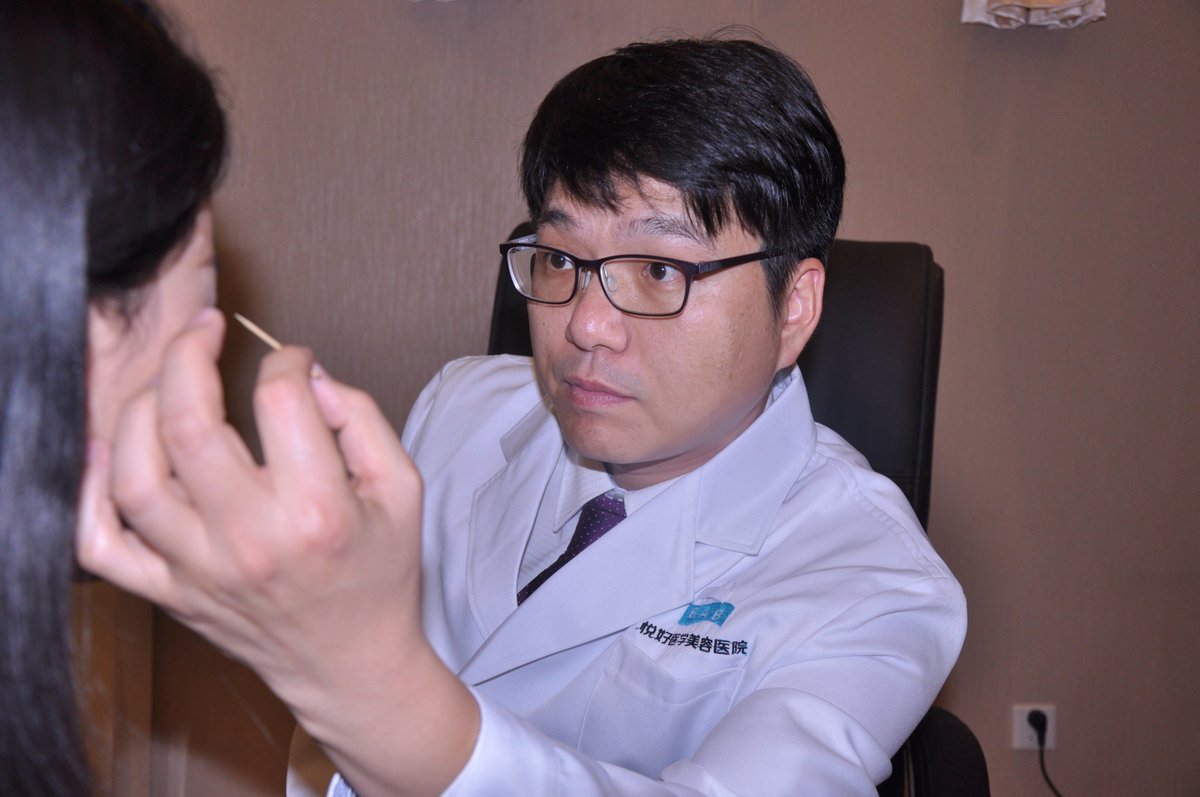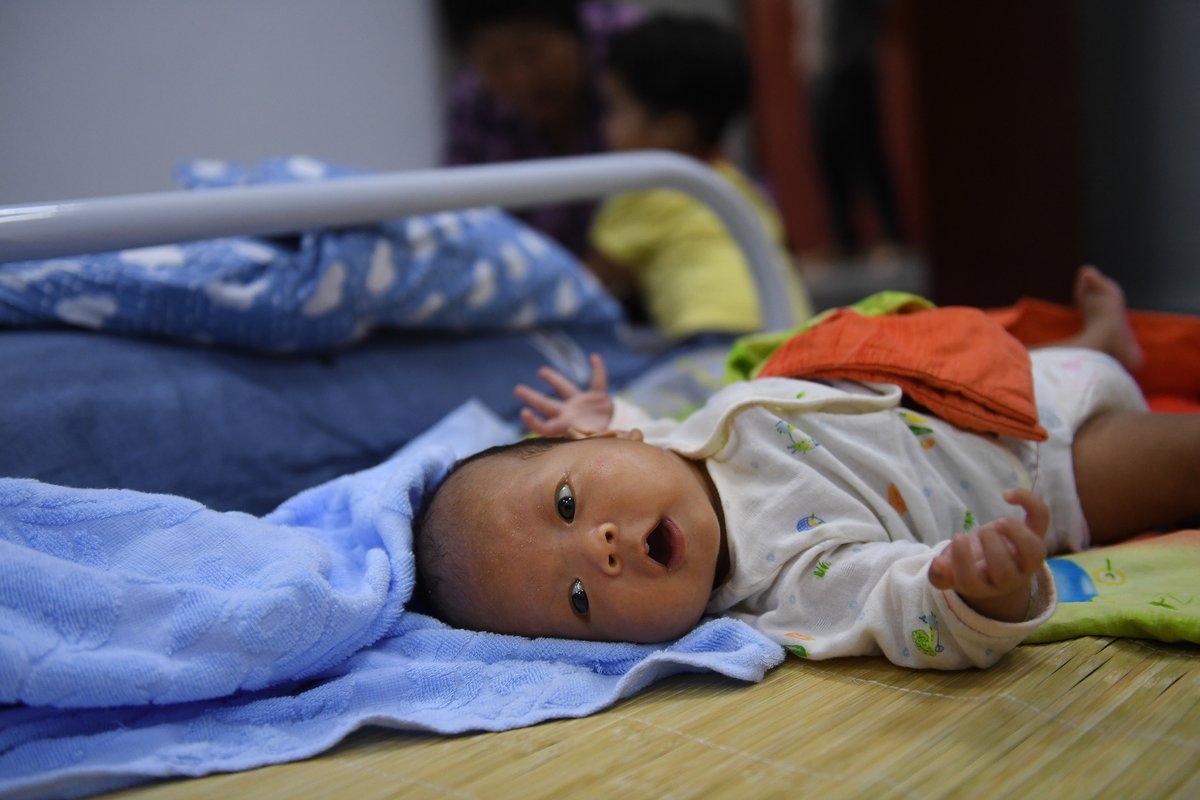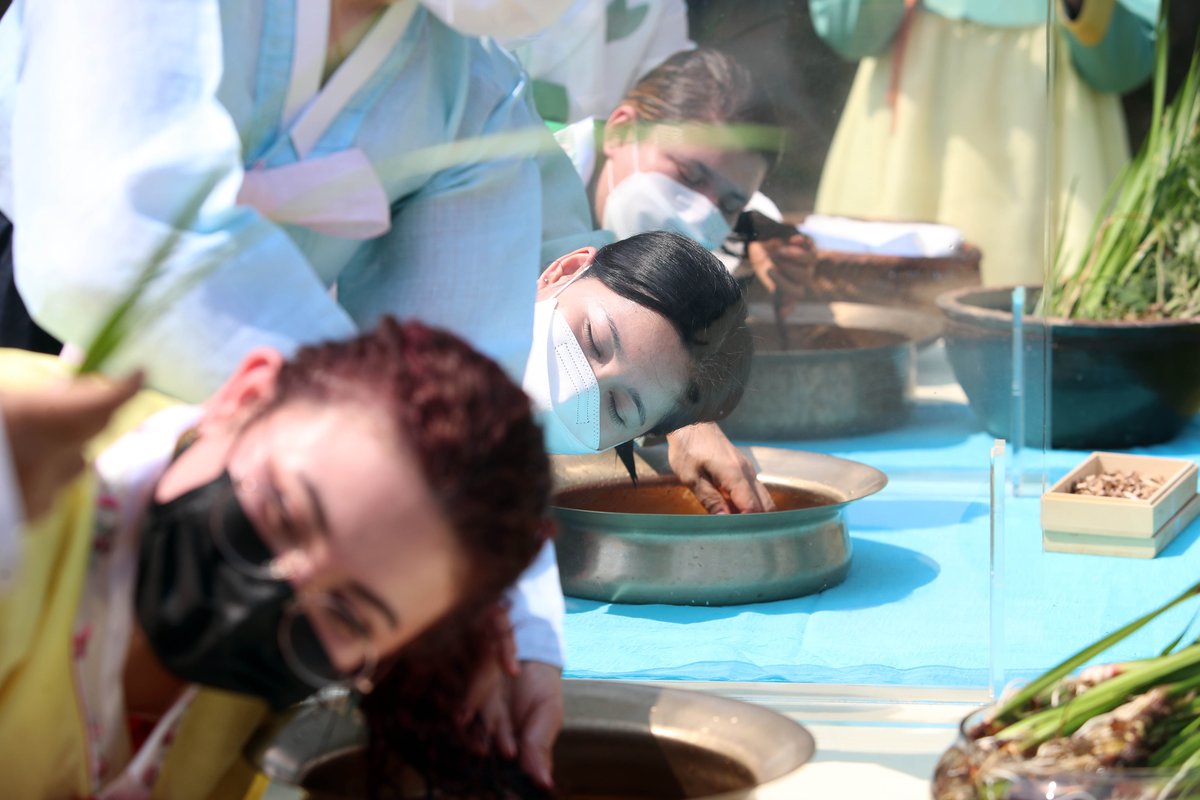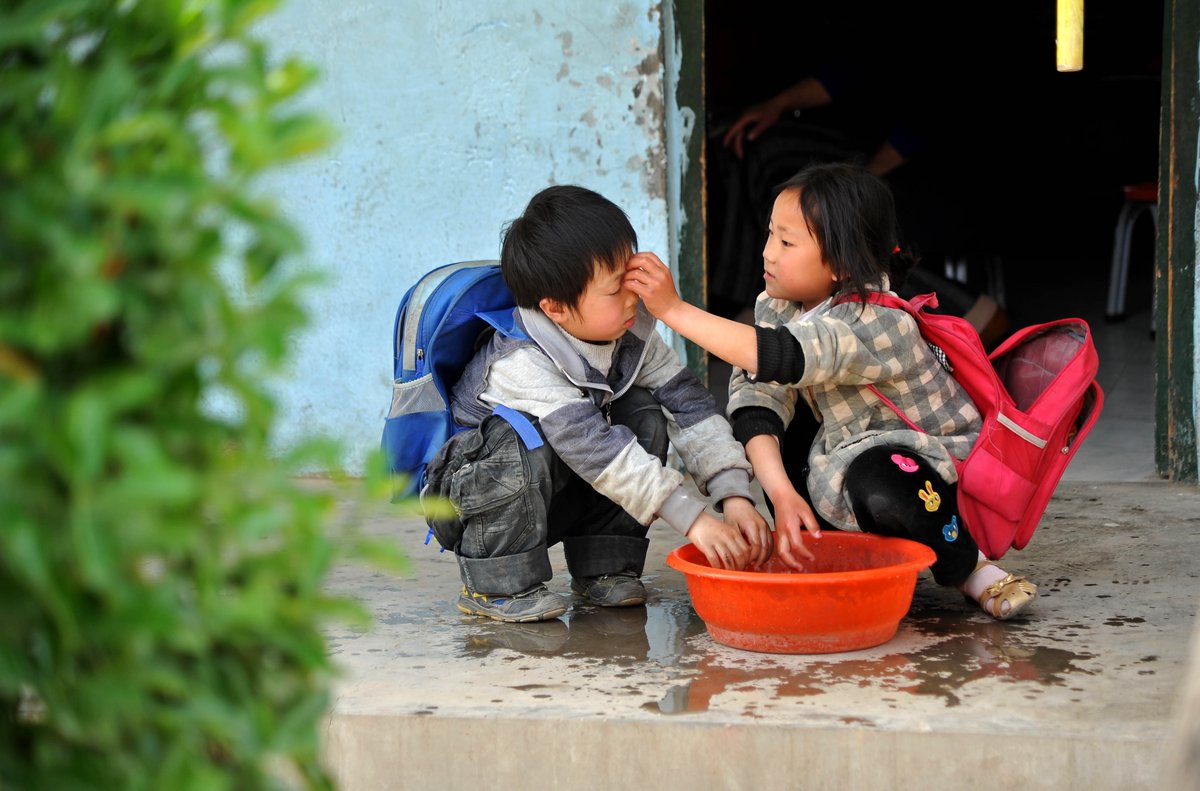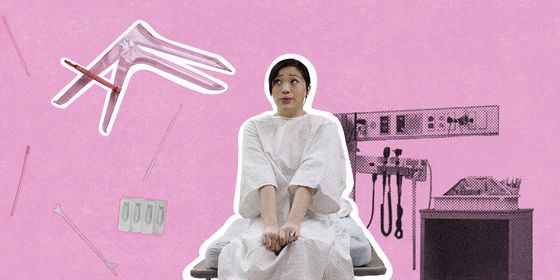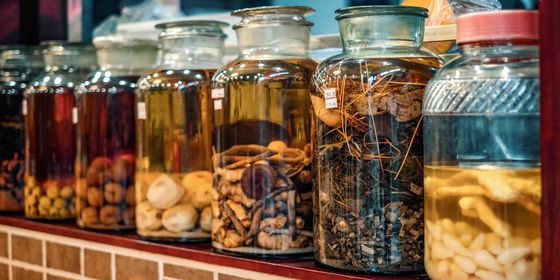Before China became the world’s second biggest cosmetic surgery market, these folk beliefs promised to shape people’s faces and body
“Help! I tried giving my baby a high-bridged nose by pinching it, and it gave her breathing problems!”
So starts a (slightly paraphrased) comment on parenting blog Koi Mommy, apparently written by a reader whose anxiety over her newborn’s looks led her to attempt an ad hoc nose job for two weeks. It ended up damaging the infant’s mucus membrane, and getting the parent a stern talking-to from physicians.
But this is not an isolated example: So-called “manual cosmetic surgery (徒手整形)” is a folk practice in China that is claimed to originate from the reign of Wu Zetian (武则天), who ruled China from 690 to 704 as its only female emperor in history, and supposedly employed the renowned physician Wei Cicang (韦慈藏) to develop a series of remedies to maintain her youthful looks. Today, there are still clinics that claim to be able to reshape a person’s face and body simply by massage, as well as products on e-commerce platforms like Taobao promising to give buyers higher noses, V-shaped jaws, or slimmer waists by simply applying pressure via painful-looking clamps and rollers.
Meanwhile, as of 2020, China now performs more cosmetic surgery operations per year than any other country in the world except for the US, according to research firm Daxue Consulting. According to the China University Media Union, a campus-focused media platform under the Communist Youth League, close to 70 percent of 2,000 university students it surveyed in 2021 were slightly to extremely dissatisfied with their appearance.
Below, we list a few more folk “remedies” and superstitions believed to be able to improve a person’s appearance, often applied by parents and grandparents to children; and whether any of them work (spoiler: most don’t):
Dimpling by chopstick action
This is probably the easiest procedure of the lot, requiring simply a tool every family has in their home. Supposedly, by poking your child’s cheeks with chopsticks, you can create dimples which are considered signs of youthfulness and cuteness in Chinese culture. Unfortunately, medical science says that a person’s dimples are determined by genetics, and poking too hard or too frequently can damage the nerves in your face.
Scratching out eyelid folds
“Double-eyelid surgery,” or East Asian blepharoplasty, is the most common form of cosmetic surgery performed in East Asia, as approximately50 percent of Asian people are born with a fold in their upper eyelids (known as an epicanthal fold), which could make the eyes appear smaller. The surgical procedure cuts away fat and uses incisions and stitches to make the eyes appear bigger and create a crease in the eyelid (the “double eyelid”) seen in many individuals without an epicanthal fold. The folk version of this procedure simply calls for running the edge of a spoon or a toothpick across an infant’s eyelids a few times a day to make the crease—but unfortunately, one’s eyelid type is also determined by genetics, and poking it with a toothpick risks injury to the skin and eyes.
Lying flat
Unlike the previous examples, this procedure actually has a scientific basis: Infants’ skulls have soft spots where the bones haven’t yet fused together. Thus, there are various factors that can change a baby’s head shape, including passing through the birth canal and its sleeping position. Physicians typically recommend placing babies on their back to sleep for their safety, and alternating the direction of their head now and then to make the shape even. In some cases, they will also recommend a helmet for molding the infant’s head if it doesn’t even out on its own.
In China, some of the older generation believe that a flat back of the head is a sign of good fortune, or they may simply like this look. They will insist on the baby sleeping exclusively on its back, and may even pillow its head on a wooden board or a book to accelerate this. While modern parents may disagree on the aesthetics of a flattened head, there is no evidence that a flattened or uneven head affects the baby’s development or brain functions.
Tying up
In rural areas, it’s still common to see swaddling, known as “candle bundling (蜡烛包)” in Chinese, a form of tightly binding a baby in cloth with its arms tight against the body and legs straight, sometimes even tied up with rope. There are various depictions of this practice all over the world in written records and statues, including in the Bible, and it’s believed to have originated as a method to keep the baby warm, as well as safe and out-of-the-way while its caretakers are working.
In China, swaddling is often practiced as a way of making the legs grow straight rather than O-shaped; there’s also a version that ties up the legs only. The belief is not unique to the country, as Soranus of Ephesus, an ancient Greek doctor, recommended the practice to help babies “grow straight,” and the advice was echoed by English midwife Jane Sharp in the 17th century. However, the practice could lead to overheating or increasing the baby’s risk of hip displacement, while there’s no evidence that it affects leg shape at all.
Blackening with sesame
One of the core ideas in folk Chinese medicine is “eating whatever you lack (缺啥补啥)”: therefore, people may eat animal liver to improve their liver function, animal brain (or brain-shaped foods like walnuts) to improve their cognition, and so on. So what could be more natural than washing black hair with black sesame to keep its nice inky color? While there’s no evidence that this works, black sesame is quite rich in oils and minerals. It will probably do no harm if you’re in the market for alternative hair-care products, and there are shampoos on supermarket shelves in China which list black sesame as one of the ingredients.
Dousing with cold water
Pale skin has been a beauty standard in China for thousands of years, and there are many sun-blocking and skin-whitening products on the market today. Those unable to afford or unwilling to try them may use the simpler method of washing their face with cold water, which makes the blood vessels constrict and gives the appearance of paler skin—but this only works for a short time. There is also a version calling for washing the face with white vinegar to remove dead skin cells and bacteria, though this could increase the risk of breakouts (and also sounds painful).
Like some others on the list, this folk remedy is not unique to China: Diane de Poitiers, mistress of King Henri II of France in the 16th century, also famously washed her face with well water even on the coldest mornings to maintain her bewitching appearance.








